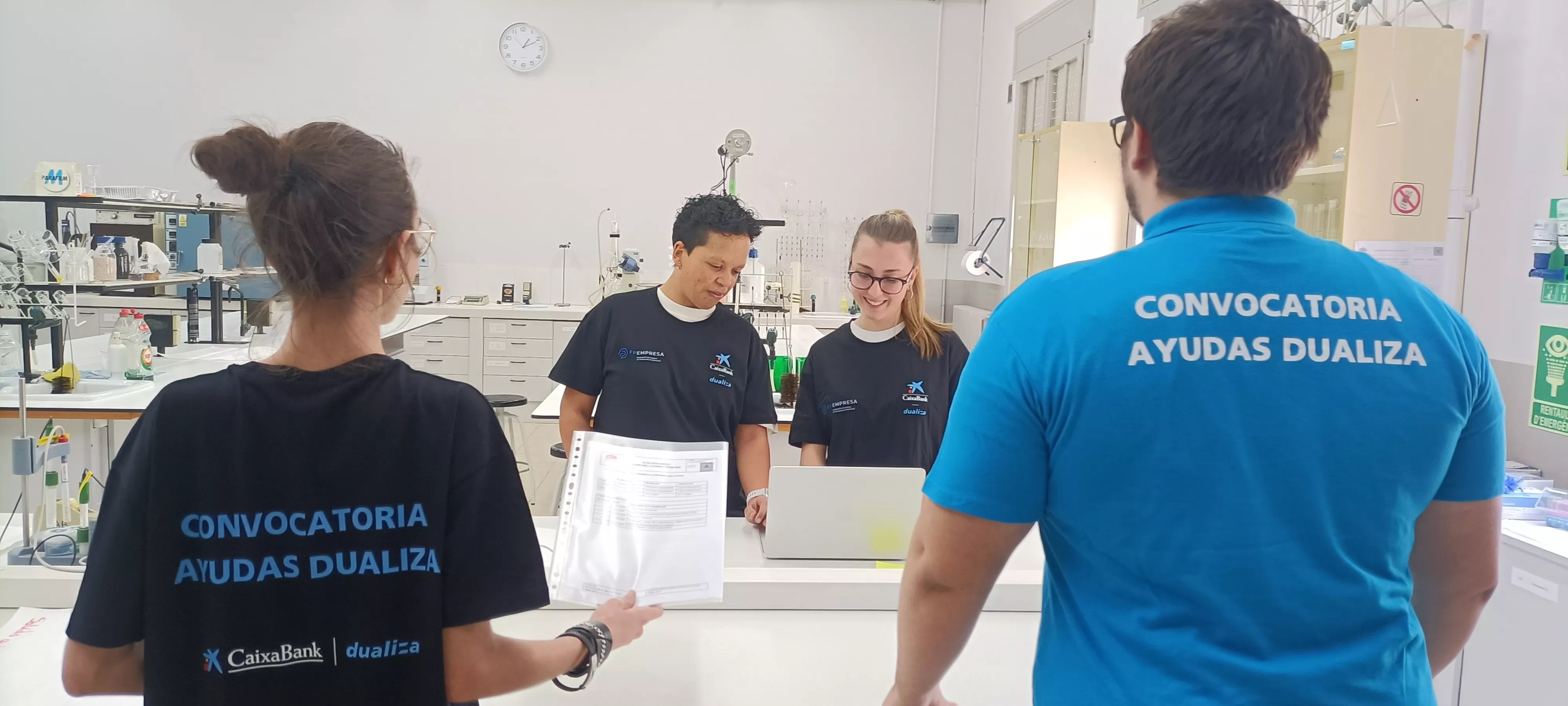“When you’re asked for a ‘barraquito,’ you no longer know what to serve,” says content creator @soydududog with a laugh in one of his most viral videos. What began as a traditional coffee of the archipelago has turned into a cultural debate crossing generations and geographic areas. What exactly is a barraquito? Why do many now call it a special barraquito? And how does it differ from the zaperoco or the classic ‘leche y leche’?
### The Roots of the Barraquito
Originating from Tenerife, the barraquito is much more than a coffee; it stands as a visual and sensory experience. It is served in a glass layered with condensed milk, liquor (usually Licor 43), espresso, frothed milk, topped with cinnamon and lemon peel.
Legend has it that its name comes from Don Sebastián Rubio, nicknamed “El Barraquito,” a regular customer at the Bar Imperial in Santa Cruz who always requested his coffee prepared in this way. This bar, located near the Plaza de la Paz, remains active and is part of the city’s living history.
### What is Happening Today?
“The barraquito has always been condensed milk, Licor 43, coffee, milk, cinnamon, and a small slice of lemon peel,” explains the TikToker. However, the creator denounces that in recent years many places have started calling any coffee with condensed milk a barraquito, even if it doesn’t contain liquor. “Millennials now call what was always a barraquito a special barraquito,” he comments, amused but critical.
The confusion is particularly amplified in the north of Tenerife, where the traditional barraquito is known as zaperoco, and what is called barraquito in other areas is simply coffee with condensed milk, without liquor. “I respect the zaperoco because that’s how it’s always been called in the north. But ‘leche y leche,’ you can’t call that a barraquito,” he protests. The ‘leche y leche’ is prepared with coffee, condensed milk, and regular milk, forming layers in a long, thin glass. As a result, a tricolor drink of coffee, condensed milk, and milk emerges, popular in the region.
### Day of the Canary Islands: A Symbol Beyond Coffee
Every May 30th, the Day of the Canary Islands celebrates the traditions, flavors, and identity that make the archipelago unique. Among these daily rituals, the barraquito holds a special place. It’s not just a coffee—it’s a small piece of local art, a symbol of time shared in bars and guachinches, of the value of authenticity, and that Canarian pride passed from generation to generation.
Coffee, in its various versions, accompanies the islanders in their daily lives, from the simpler ‘leche y leche’ to the special barraquito, and through to the robust northern zaperoco. There are even variants incorporating honey, whipped cream, or different liquors, taking the experience to another level.
“I invite waiters in the Canary Islands to go on strike. Let’s call things by their names,” the creator jokes. For him, keeping the essence of the barraquito alive is a matter of cultural respect, not just nostalgia. Knowing how to order it correctly, understanding its history, differentiating it from other coffees, is also about honoring a tradition that is part of the islands’ DNA.
















